Curriculum Overview
Knowing Wetlands
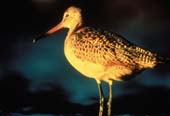 Coastal wetlands—bays, estuaries, salt marshes, and lagoons—are special places where freshwater meets the salty ocean. There are many different ways to think of wetlands, as ocean nurseries, storm sponges, water filters, and rest stops for birds, but it's also true that wetlands are sensitive and rapidly vanishing coastal ecosystems.
Coastal wetlands—bays, estuaries, salt marshes, and lagoons—are special places where freshwater meets the salty ocean. There are many different ways to think of wetlands, as ocean nurseries, storm sponges, water filters, and rest stops for birds, but it's also true that wetlands are sensitive and rapidly vanishing coastal ecosystems.
Websites
You can now search for Habitat specific web links through the Resource Materials search.
To find general web links about ocean sciences, visit this useful web links page in our News section.
Teaching Wetlands
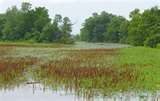 The 3rd grade MARE curriculum includes themes of organism diversity, habitat edges, and animal adaptations.
The 3rd grade MARE curriculum includes themes of organism diversity, habitat edges, and animal adaptations.
Join MARE's Wetlands Forum!
Contribute your ideas and ask questions of other people teaching about Wetlands. New features of this website and professional development opportunities will also be shared in the Forum.
Field Trip Tips
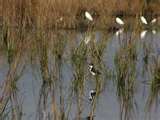
- Don't worry about the lack of abundance of creatures on a field trip. A few birds might draw more thoughtful attention than a whole flock. In fact, a first field trip might be planned for when the tide is not optimal, or the migration season isn't optimal. Fewer stimuli may help your students practice focus as they observe. If you're able to have multiple field trips, try the migration-peak or really-low-tide experience later.
- Balance the need to identify organisms with the need to observe them. Get more out of seeing an organism than just the name!
Order Now, Grade 3 Wetlands
Wetlands Teacher Guides may be ordered at our online store or directly from MARE.
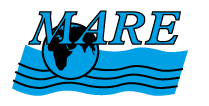
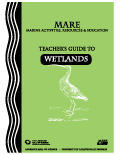 Third grade curriculum is focused on Wetlands habitats.
Third grade curriculum is focused on Wetlands habitats.



